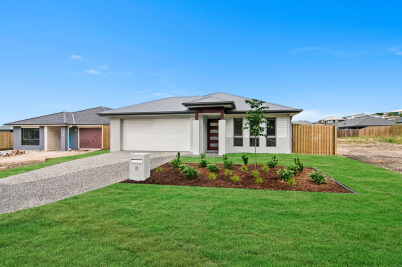Maximise your deductions
 A case study by BMT Quantity Surveyors has revealed the additional deductions that may be available with a split tax depreciation report if you own your investment property with another person.
A case study by BMT Quantity Surveyors has revealed the additional deductions that may be available with a split tax depreciation report if you own your investment property with another person.
Based on each owner’s percentage of ownership for an asset, a split tax depreciation report calculates depreciation deductions for each owner. This effectively increases what you can spend on upgrades while maximising your deductions.
How do split depreciation reports work?
Under Australian legislation, in the case of an investment property with one owner, an immediate write-off can be claimed for assets worth $300 or less.
For investment properties with a 50:50 ownership share, each owner can claim immediate write-offs for assets worth $300 or less. This means the owners can now claim an instant write-off for items $600 or less in total value. This increases the number of assets that investors can claim as an immediate write-off and provides additional opportunities to make small improvements to your investment properties.
 How do the numbers stack up?
How do the numbers stack up?
As outlined in BMT Quantity Surveyors’ case study, a 50:50 tax depreciation split is an excellent solution for purchases such as a new rangehood.
For example, if two people who each have a 50% stake in an investment property purchase a new range hood for $500, they can each claim $250. This amount can be written off in the first year as it is below the $300 threshold.
Are there other benefits to 50:50 depreciation splits?
The 50:50 depreciation split method is also applicable to low-value pooling. In low-value pooling, if an owner’s interest in an asset is $1,000 or less, these items qualify which allows the items to be claimed at an increased depreciation rate of 18.75% in the first year and 37.5% from the second year onwards.
Using a new oven as an example, we can see how the numbers stack up. If the oven cost $1,750 and the cost is shared evenly between the owners, it will cost $875 for each person. As each person’s contribution for the oven is below $1,000, it qualifies for low-value pooling allowing an 18.75% deduction in the first year and a 37.5% deduction from the second year onwards. Without an increased depreciation rate, investors would only be allowed to claim an annual depreciation rate of 16.67% as outlined in BMT’s case study.
The benefits of low-value pooling
In a scenario where an investment property is owned 50:50, the owners will qualify to pool assets that cost $2,000 or less in the low-value pool.
This gives owners an increased number of assets eligible for low-value pooling, plus it allows investors to purchase higher quality items if they desire.
For example, you may opt to upgrade kitchen appliances such as ovens, cooktops and dishwashers, or give your tenants a treat and install air conditioning.
Before you go…
The guidelines around depreciation and tax deductions for investment properties are constantly changing, so make sure you speak to your accountant to double-check exactly what you can claim before making any big purchases.
Astute Team
Do you want to attract quality tenants, ensure a smoother transition to tenanting your investment and minimise vacancy? Our – 6 Tips For Preparing Your Investment Property For Tenants – will help guide you!
